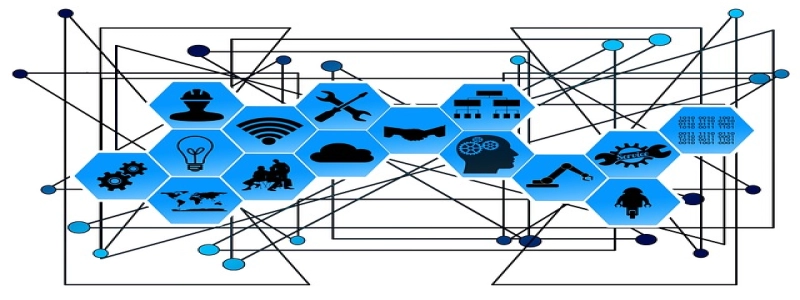Coherent Optics vs. DWDM: A Detailed Comparison
Introduction:
In the world of optical fiber communications, two prominent technologies take center stage: Coherent Optics and DWDM (Dense Wavelength Division Multiplexing). Both of these technologies play a crucial role in enhancing the capacity and efficiency of modern optical networks. This article aims to provide a detailed comparison between Coherent Optics and DWDM, examining their key features, advantages, and limitations.
I. Coherent Optics:
A. Definition:
Coherent Optics is a technology that enables the transmission of high-speed data signals over long distances in optical networks. It uses advanced modulation schemes and techniques to encode information into the phase and amplitude of the optical carrier. By implementing coherent detection at the receiver side, the original data can be accurately recovered, even in the presence of signal impairments.
B. Advantages:
1. Increased Capacity: Coherent Optics allows for higher data rates, typically using symbols with multiple bits, resulting in increased capacity compared to traditional non-coherent systems.
2. Longer Reach: The use of advanced signal processing algorithms in coherent optics enables the transmission of signals over long distances without significant degradation.
3. Enhanced Performance: Coherent Optics offers improved resistance to various impairments, such as chromatic dispersion, polarization mode dispersion, and non-linearities, ensuring better signal quality.
C. Limitations:
1. Cost: Coherent Optics systems are generally more expensive compared to non-coherent alternatives due to their complex hardware and signal processing requirements.
2. Complexity: The implementation of coherent optics involves complex modulation and detection schemes, requiring specialized expertise and equipment for deployment and maintenance.
II. DWDM:
A. Definition:
DWDM, or Dense Wavelength Division Multiplexing, is a technology that enables multiple optical signals to be transmitted simultaneously over a single fiber by assigning each signal a unique wavelength. This wavelength-division multiplexing technique allows for a significant increase in data capacity.
B. Advantages:
1. High Data Rate: DWDM systems can achieve data rates in the terabit range by multiplexing many wavelengths, allowing for efficient utilization of the available fiber bandwidth.
2. Scalability: DWDM networks can be easily expanded by adding additional wavelengths, making them highly scalable to meet growing capacity demands.
3. Cost-effectiveness: DWDM systems offer a cost-effective solution for increasing network capacity by maximizing the utilization of existing fiber infrastructure.
C. Limitations:
1. Limited Reach: As the number of wavelengths increases, the overall reach of the DWDM system decreases due to amplified spontaneous emission noise and other signal impairments.
2. Channel Interference: The dense packing of wavelengths in DWDM systems can result in increased channel interference, requiring careful engineering and management to avoid performance degradation.
Conclusion:
In conclusion, both Coherent Optics and DWDM are integral technologies for enhancing the capacity and efficiency of optical fiber networks. Coherent Optics provides increased capacity, longer reach, and enhanced performance, but at a higher cost and complexity. On the other hand, DWDM offers high data rates, scalability, and cost-effectiveness, but with limitations in reach and potential channel interference. The choice between Coherent Optics and DWDM depends on specific network requirements, budget constraints, and the need for longer distances or higher data rates.








